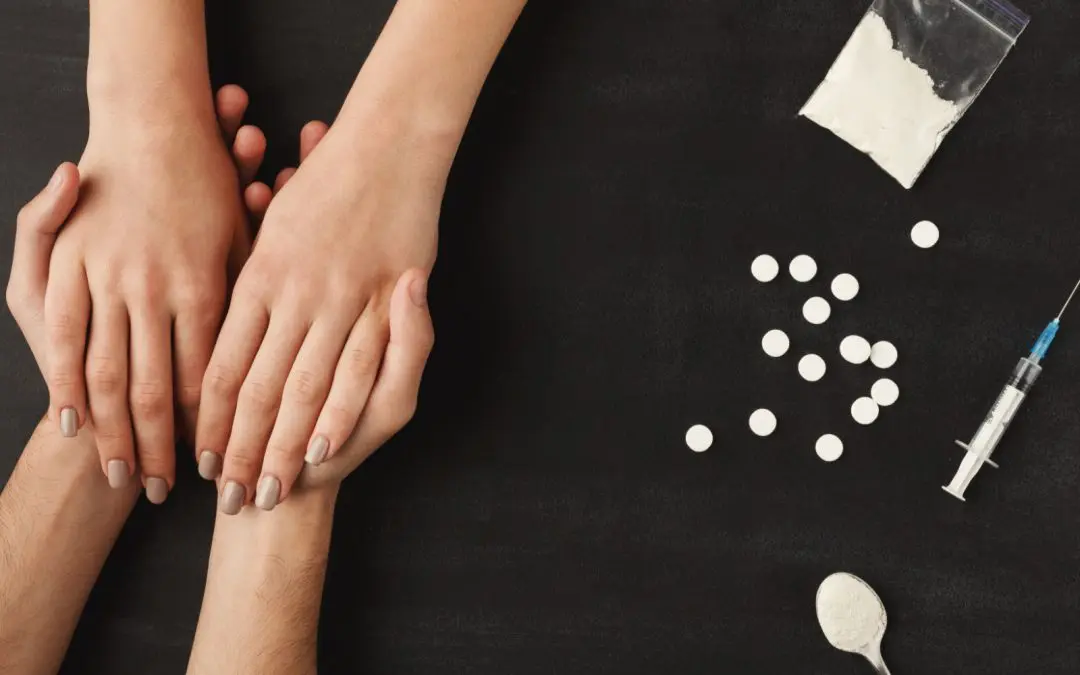24/7 Helpline:
(866) 899-111424/7 Helpline:
(866) 899-1114
Learn more about Heroin Rehab centers in Big Prairie
Heroin Rehab in Other Cities

Other Insurance Options

Self-pay options

Kaiser Permanente

Anthem

Lucent

Premera

Aetna

Humana

Sliding scale payment assistance

Multiplan

WellPoint

Access to Recovery (ATR) Voucher

Holman Group

Choice Care Network

State Farm

Private insurance

Regence

BlueCross

MHNNet Behavioral Health

Health Choice

Oxford










